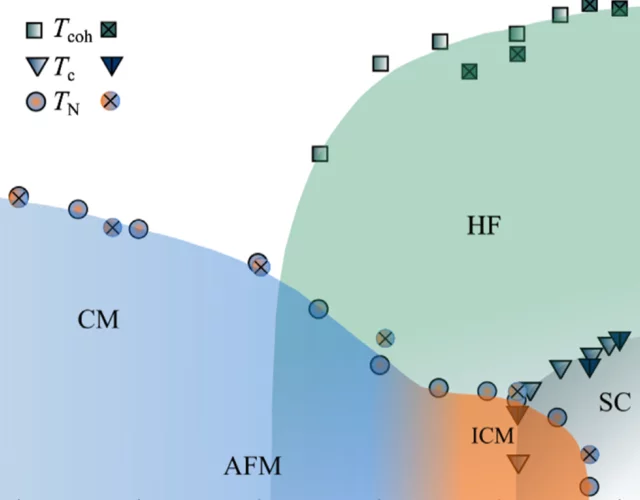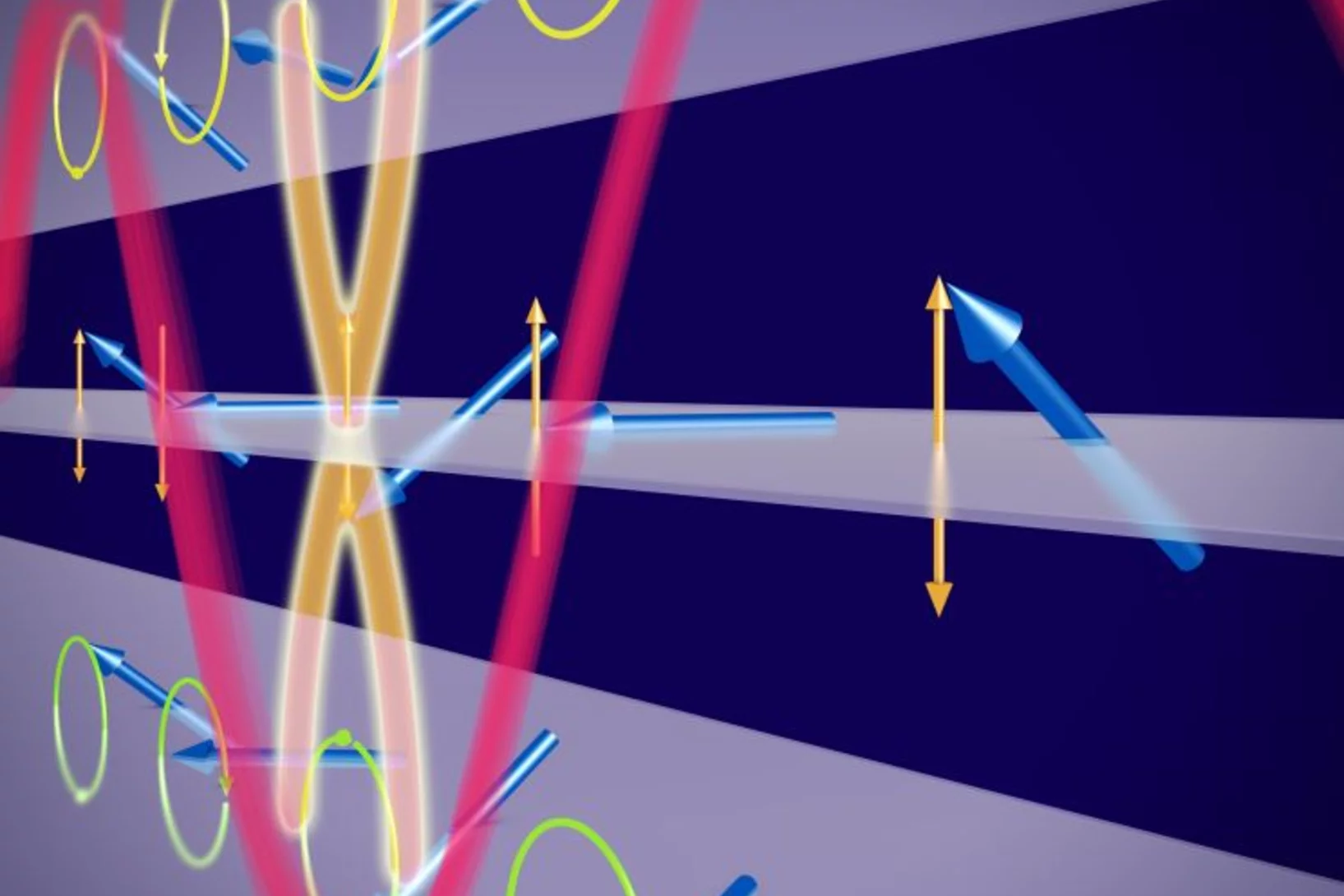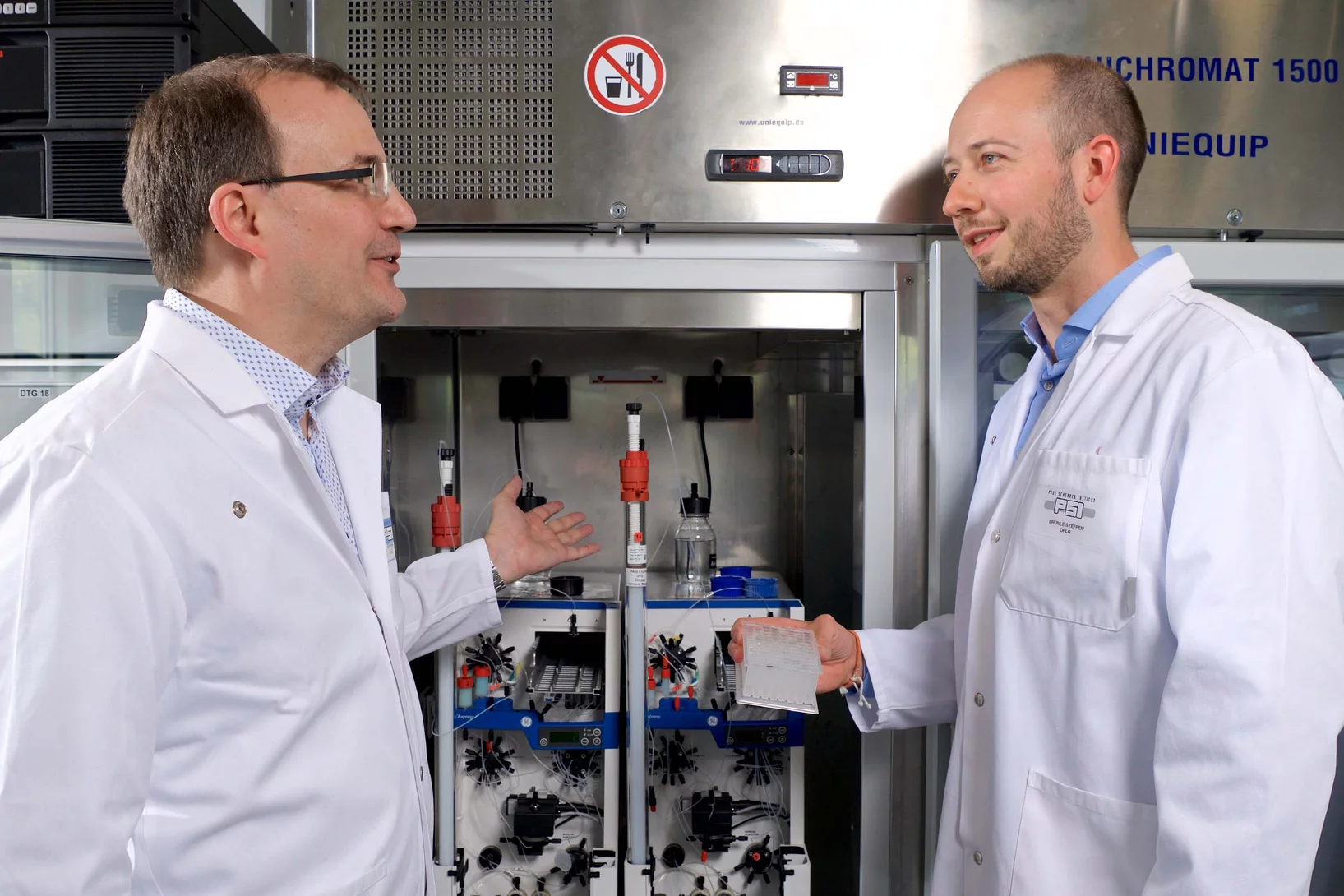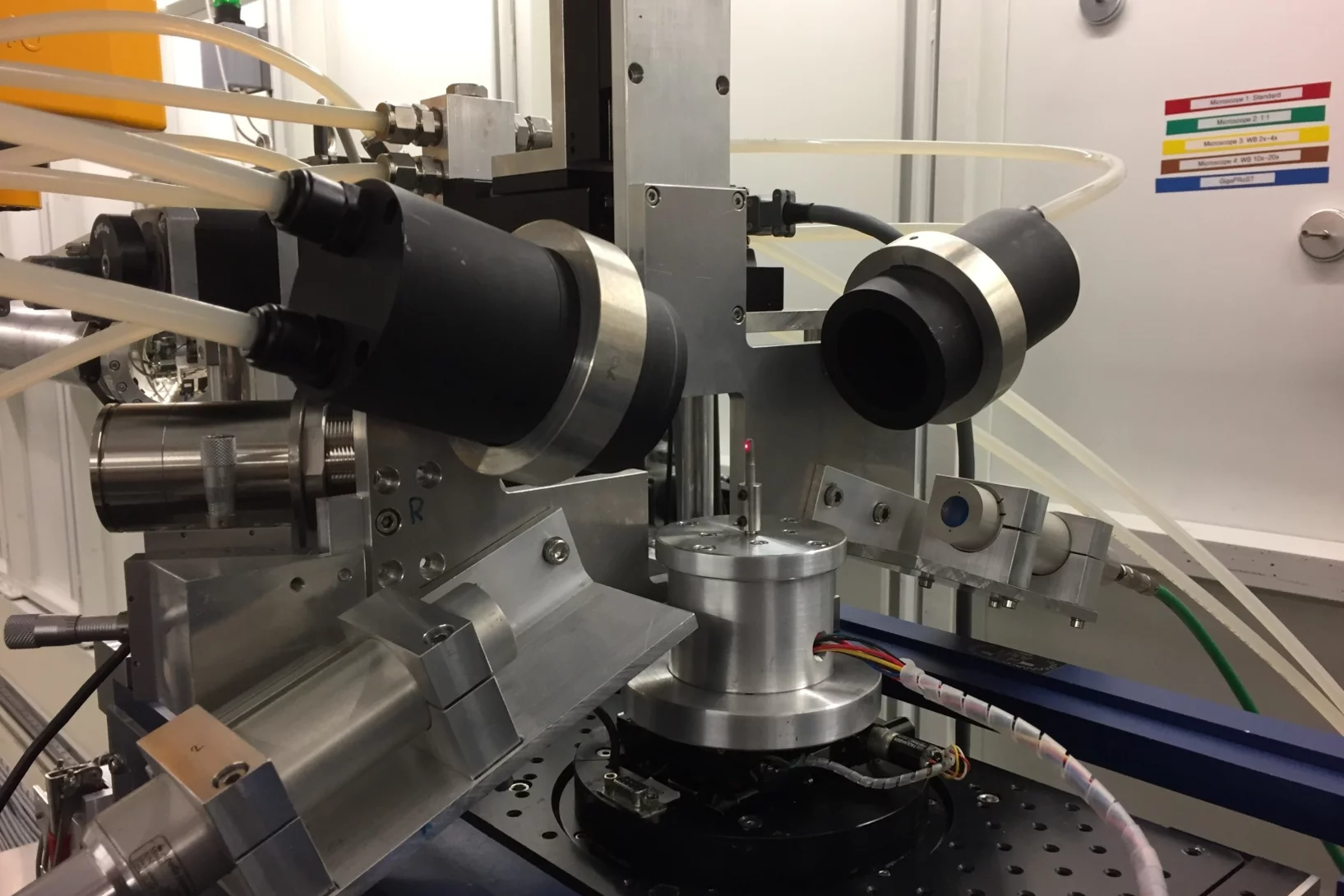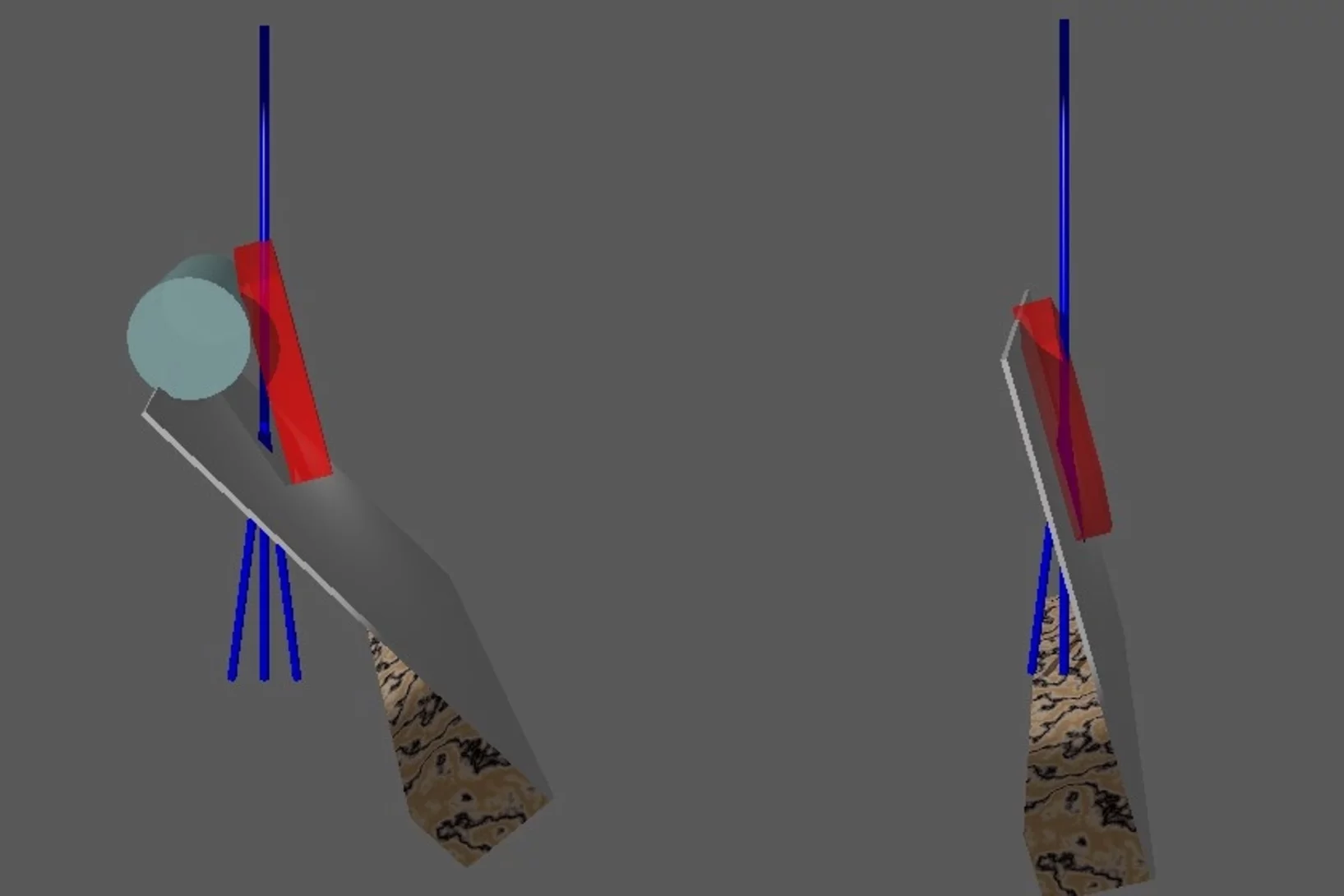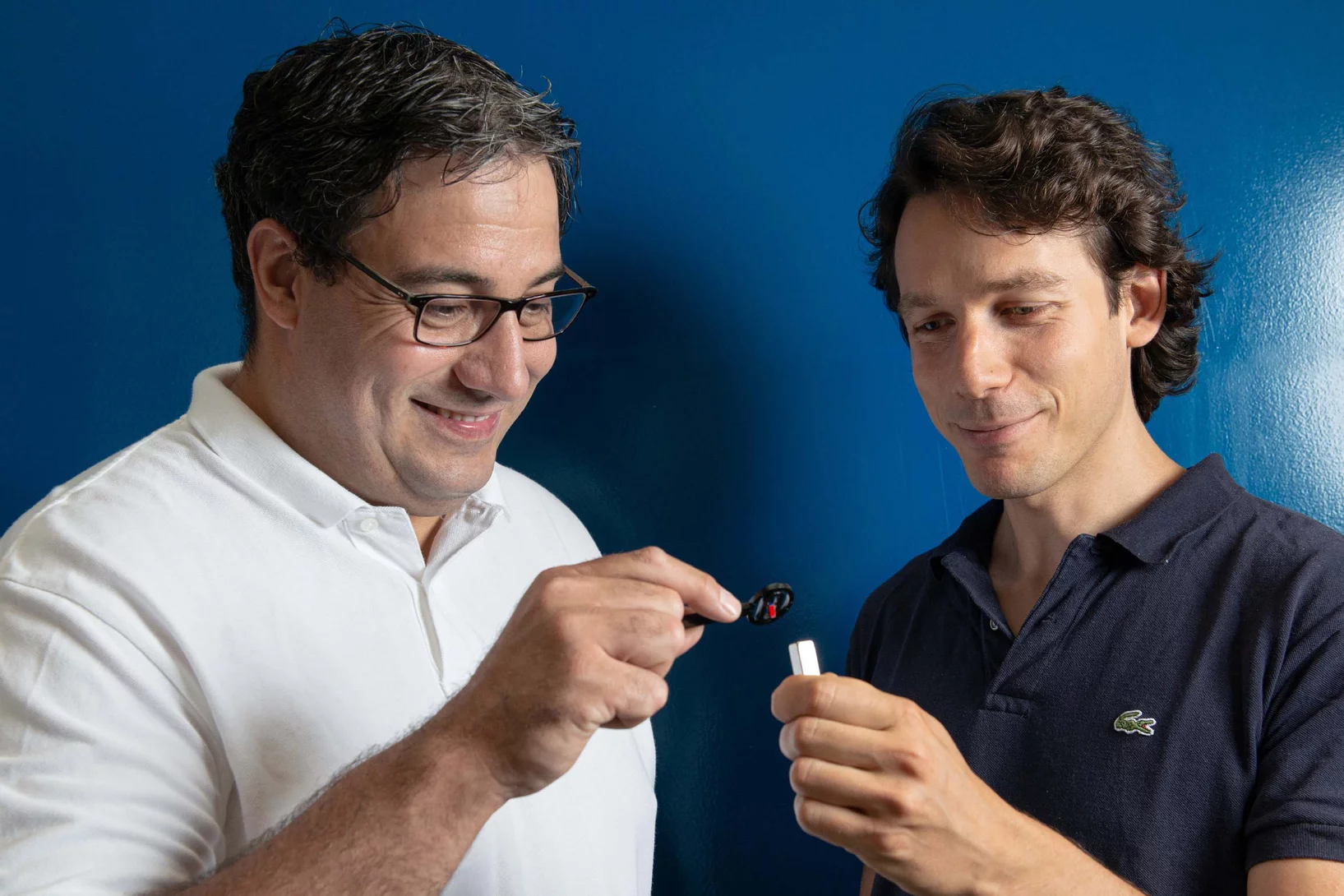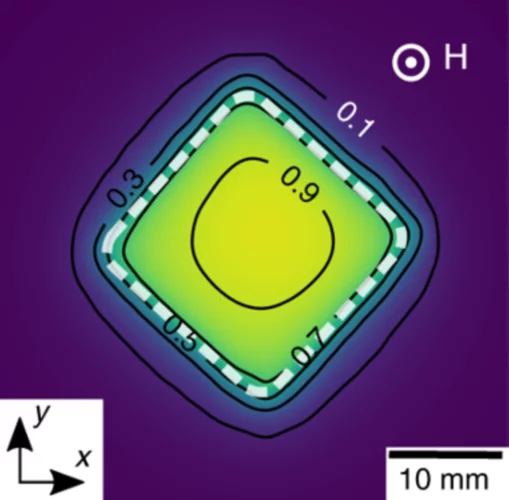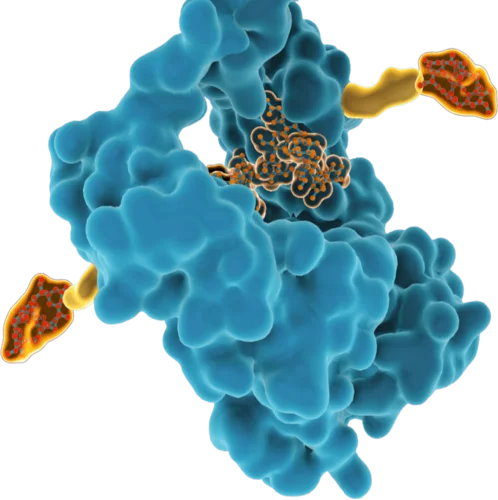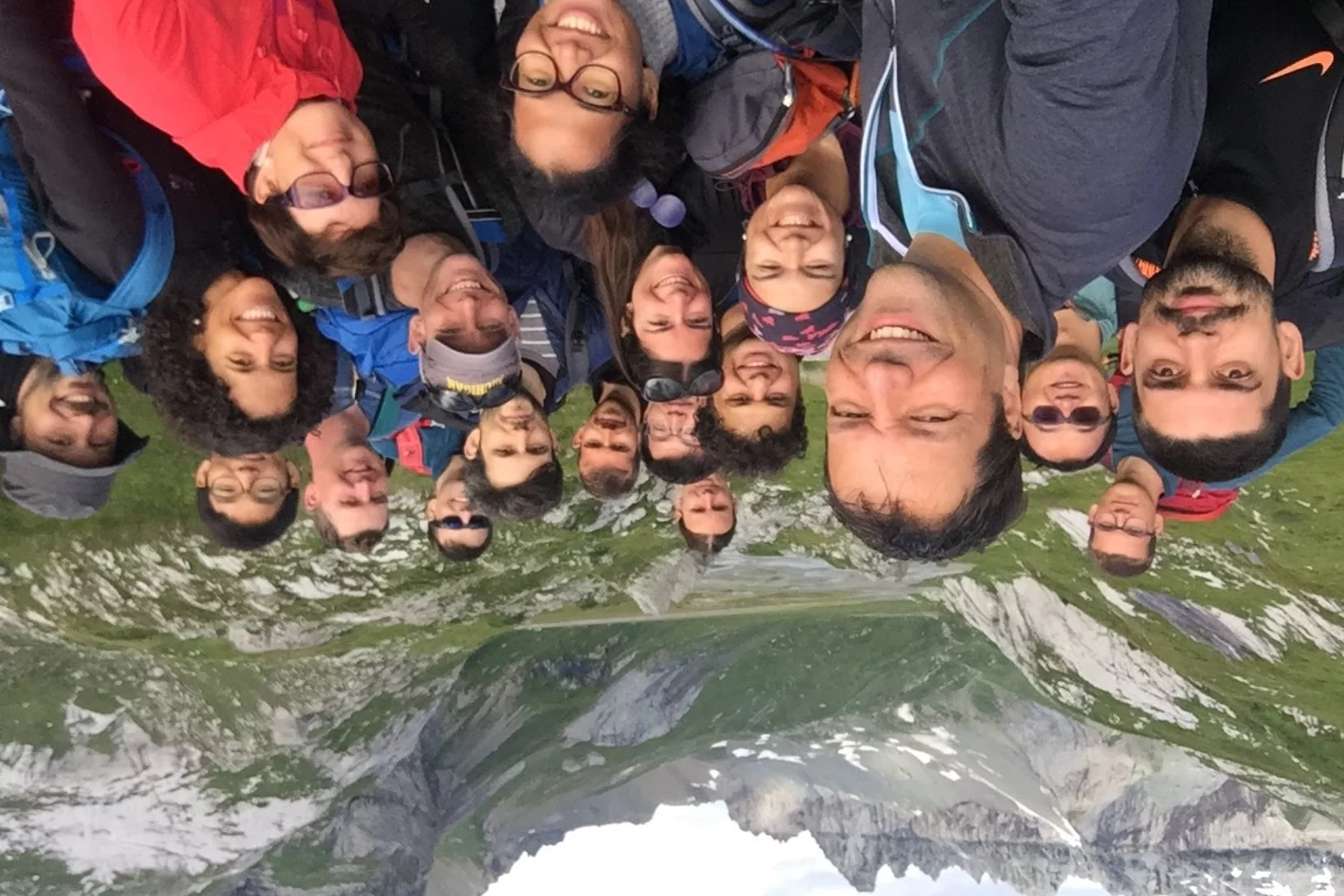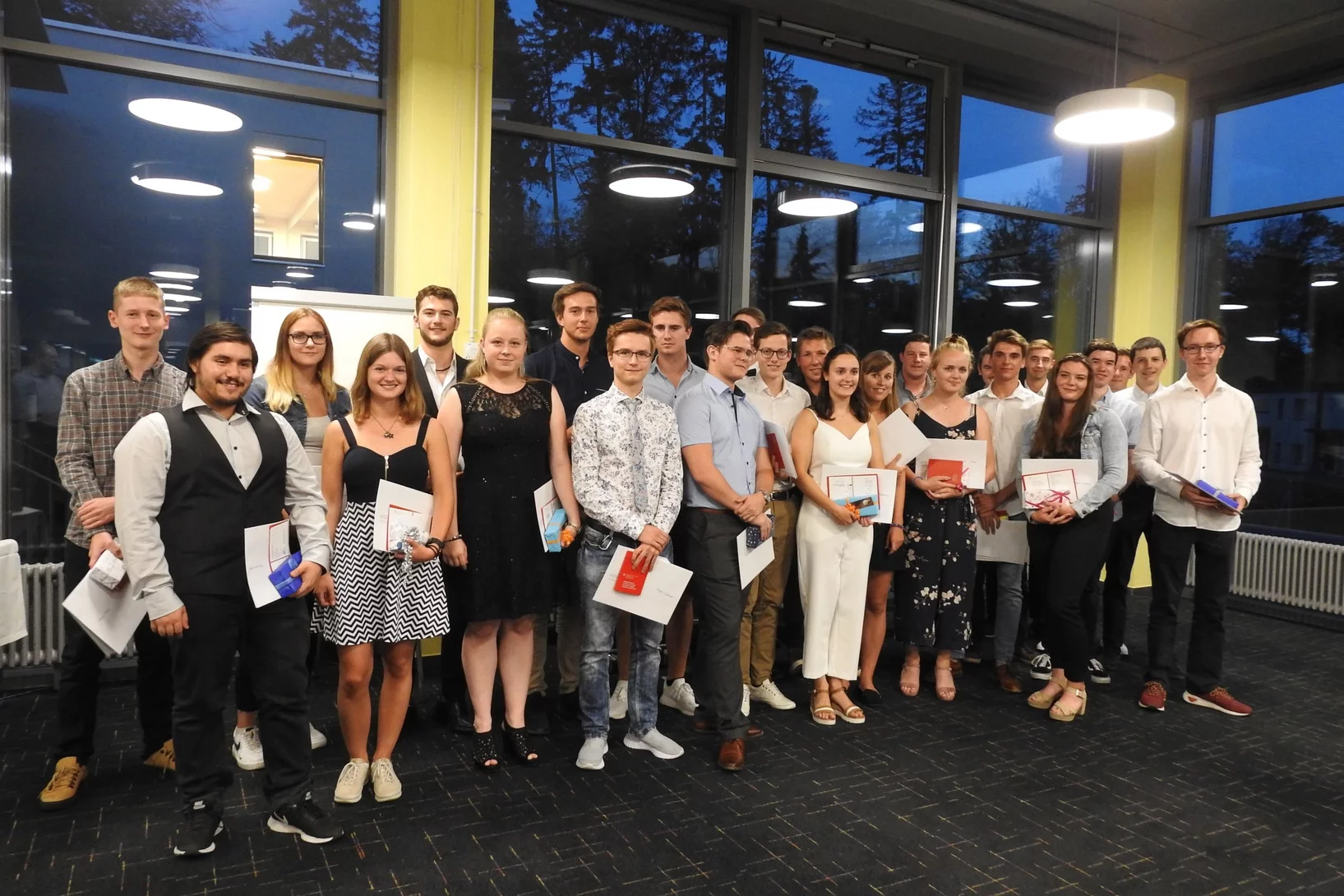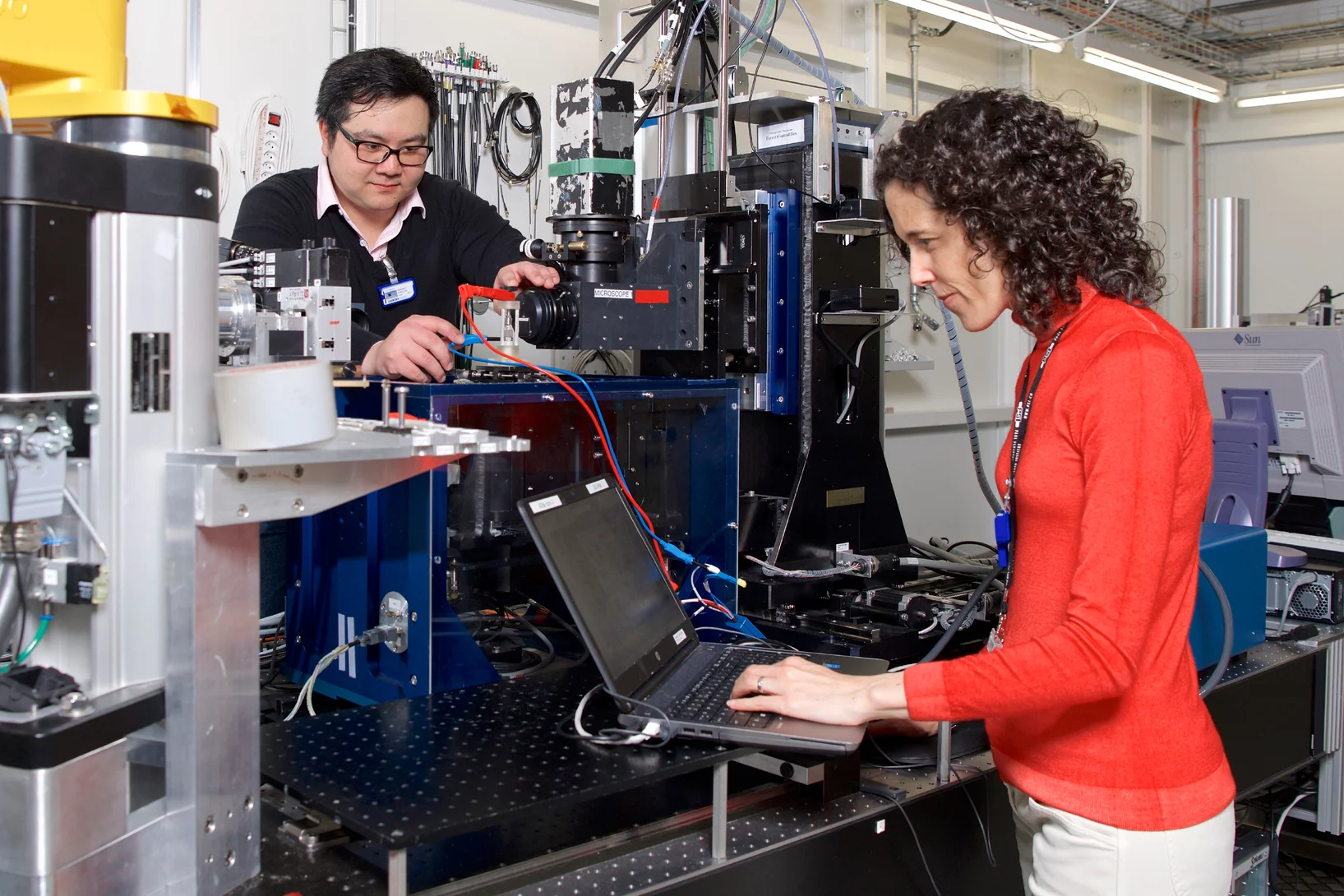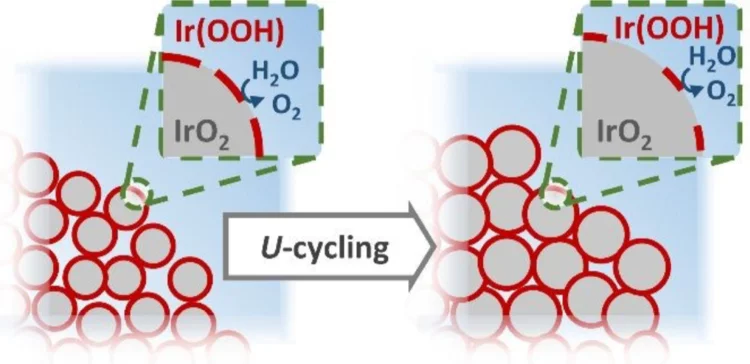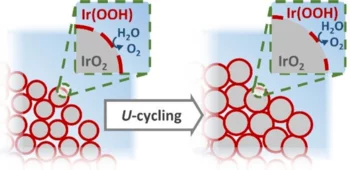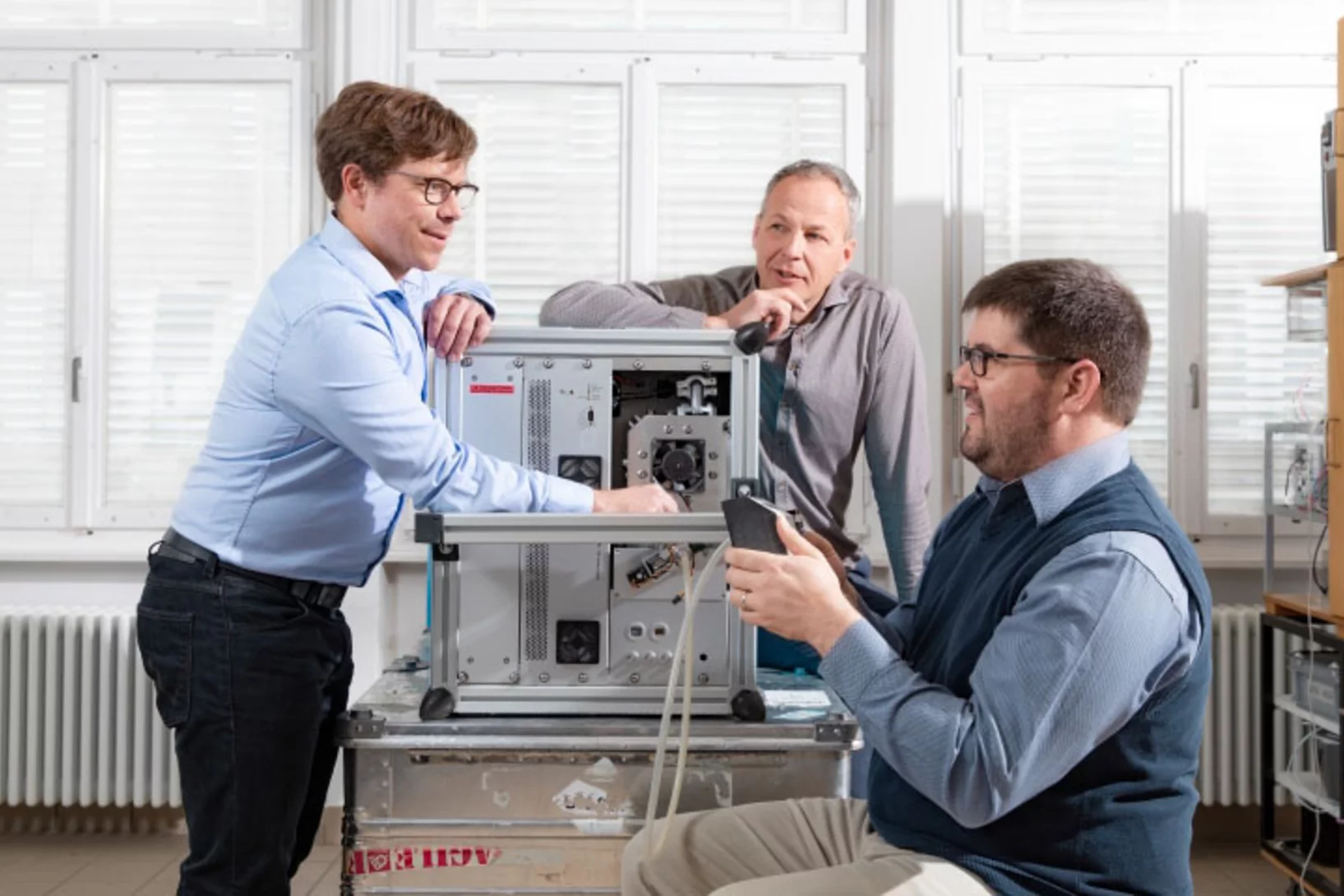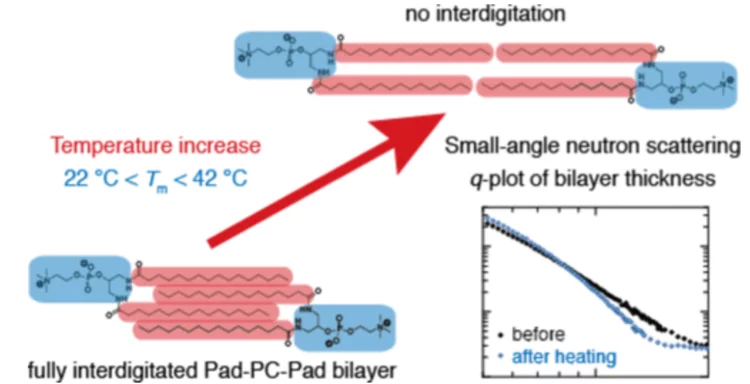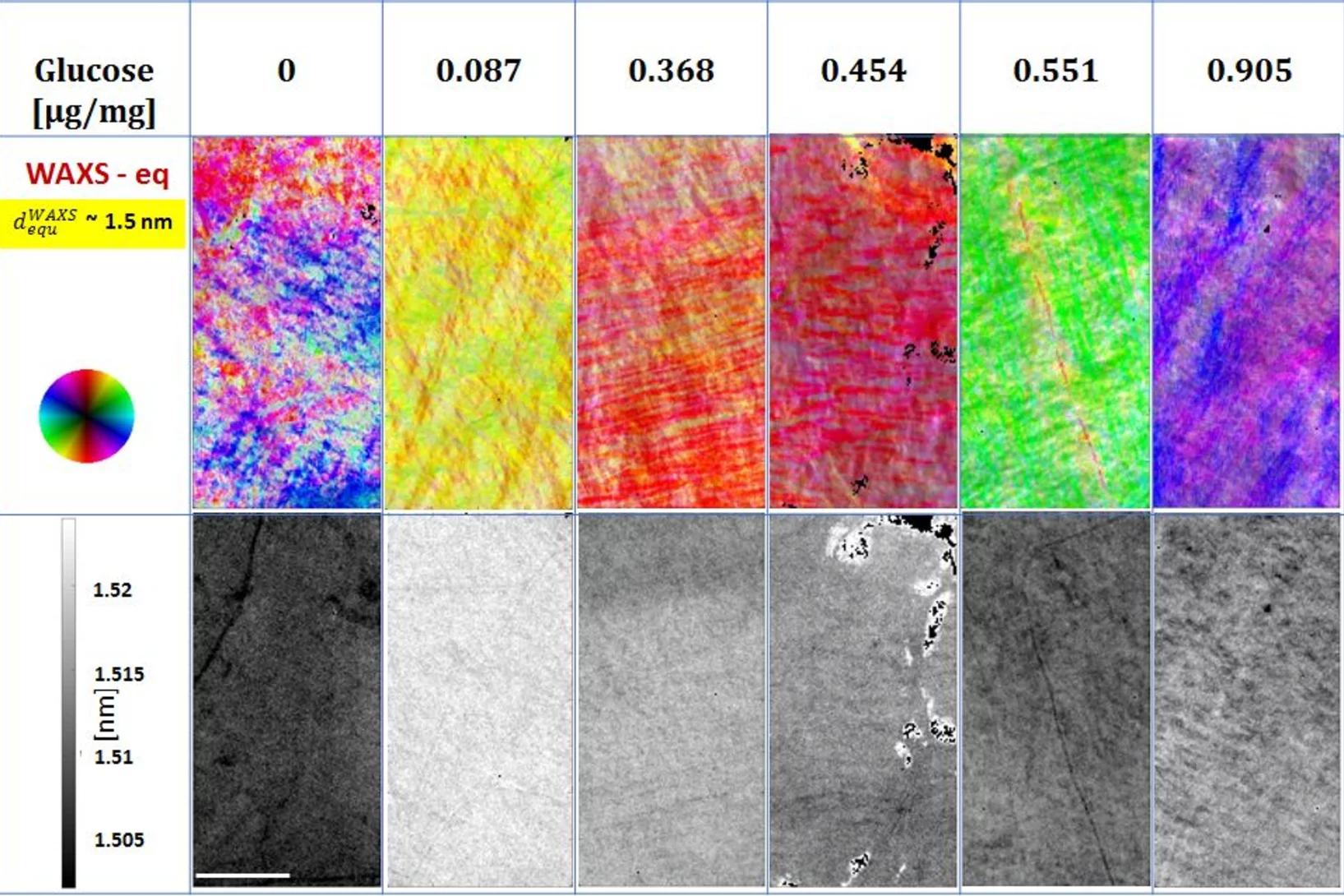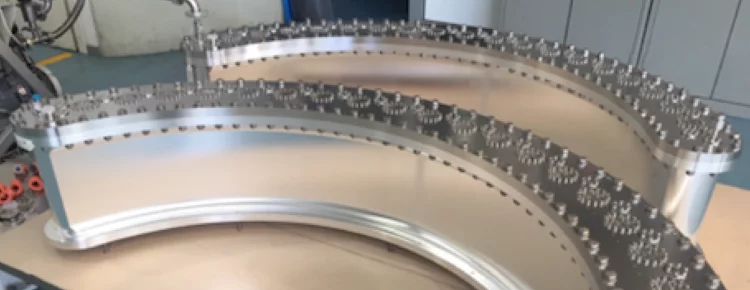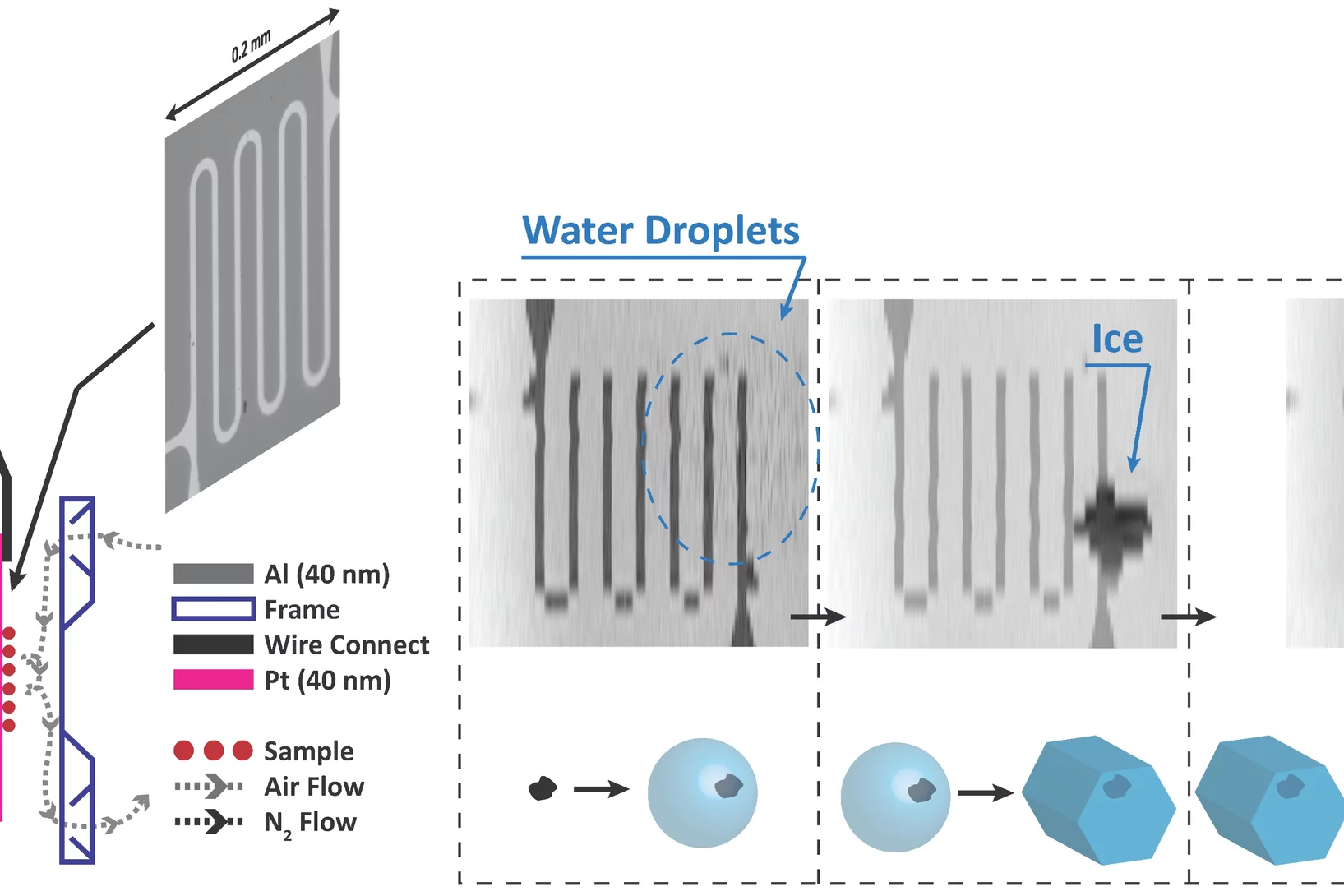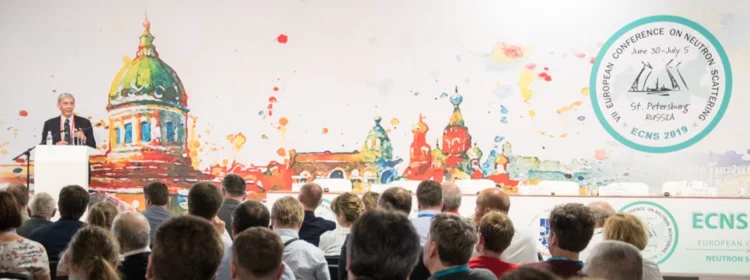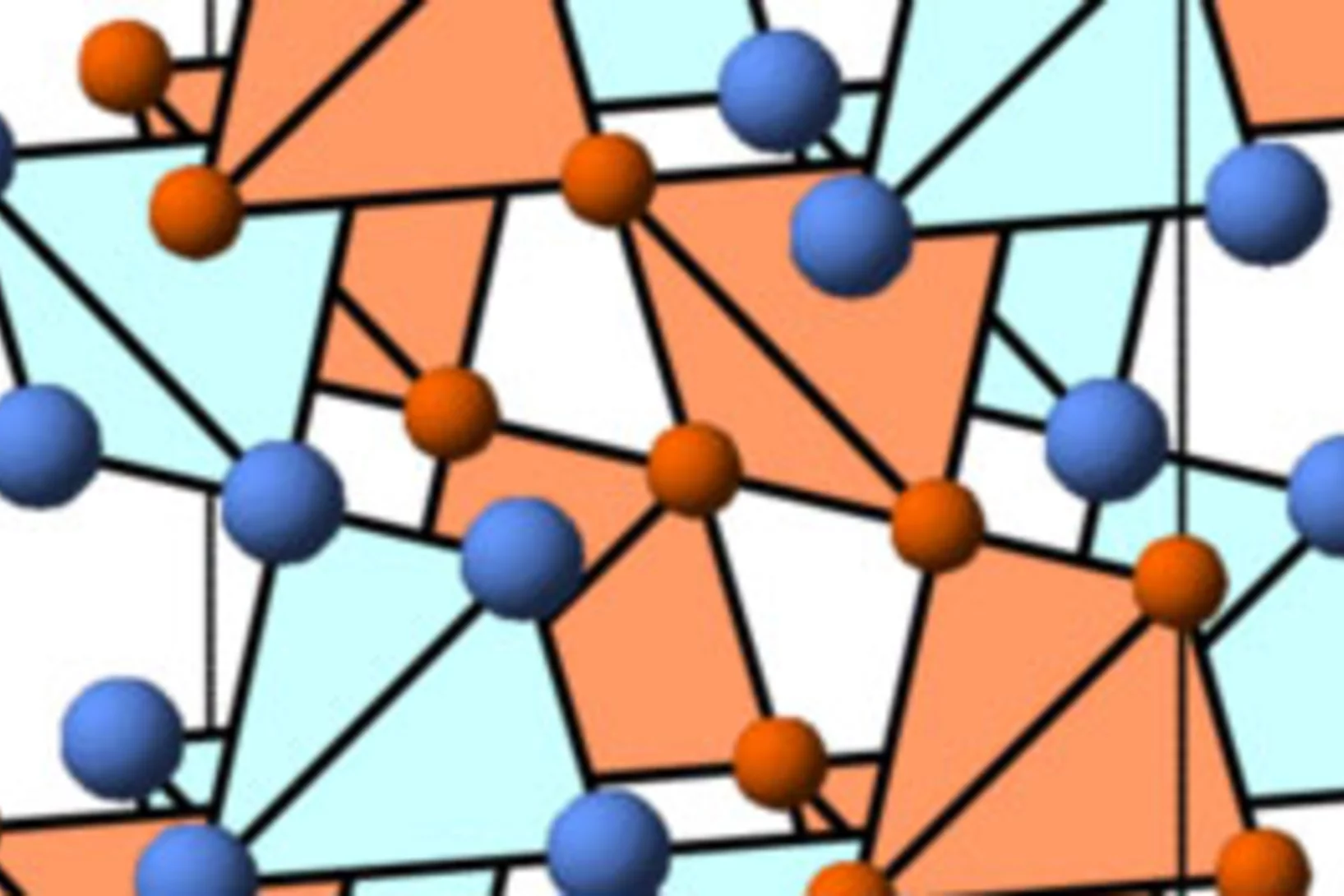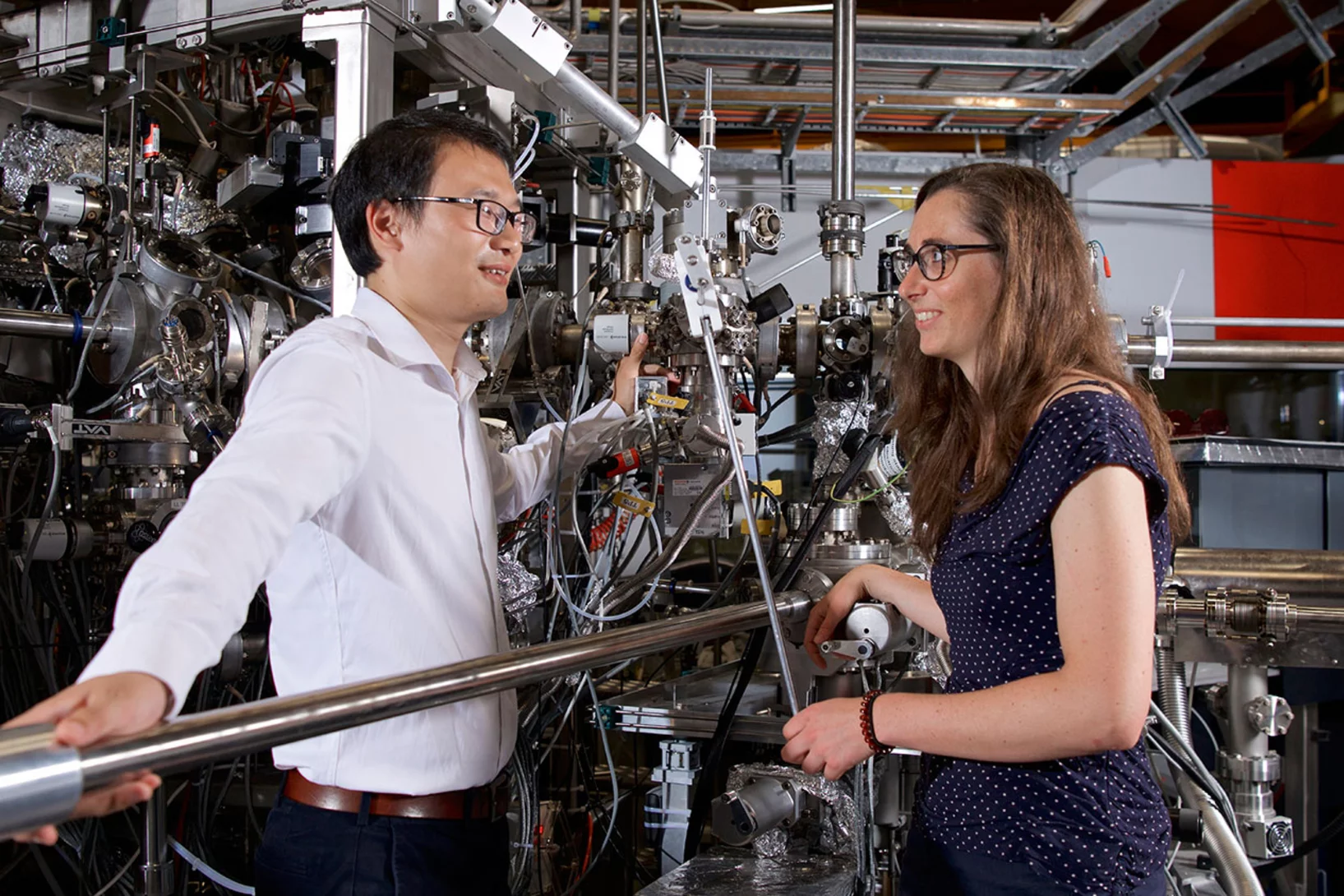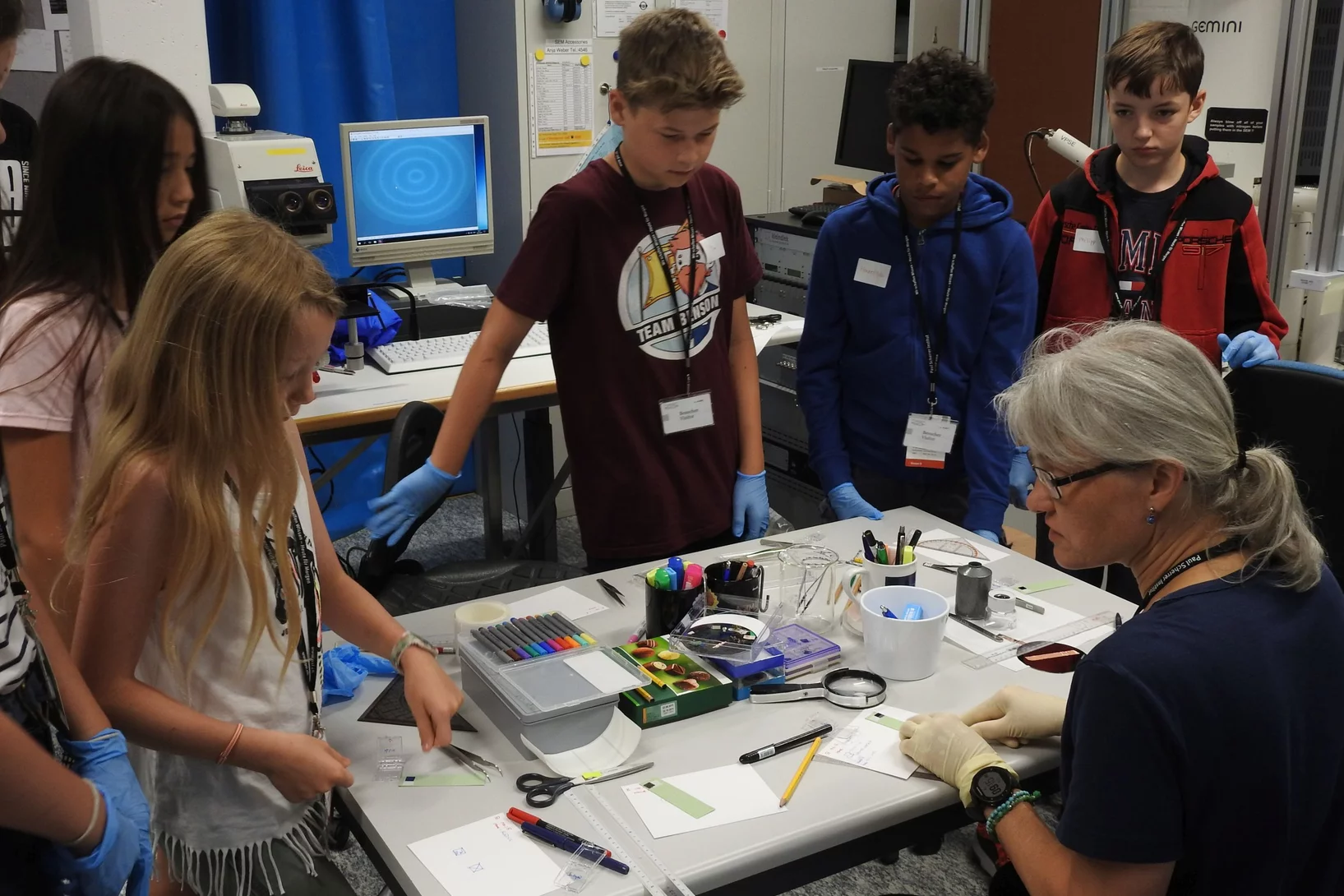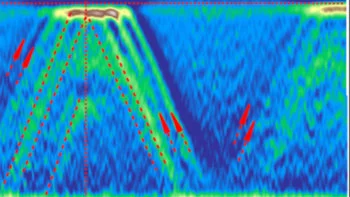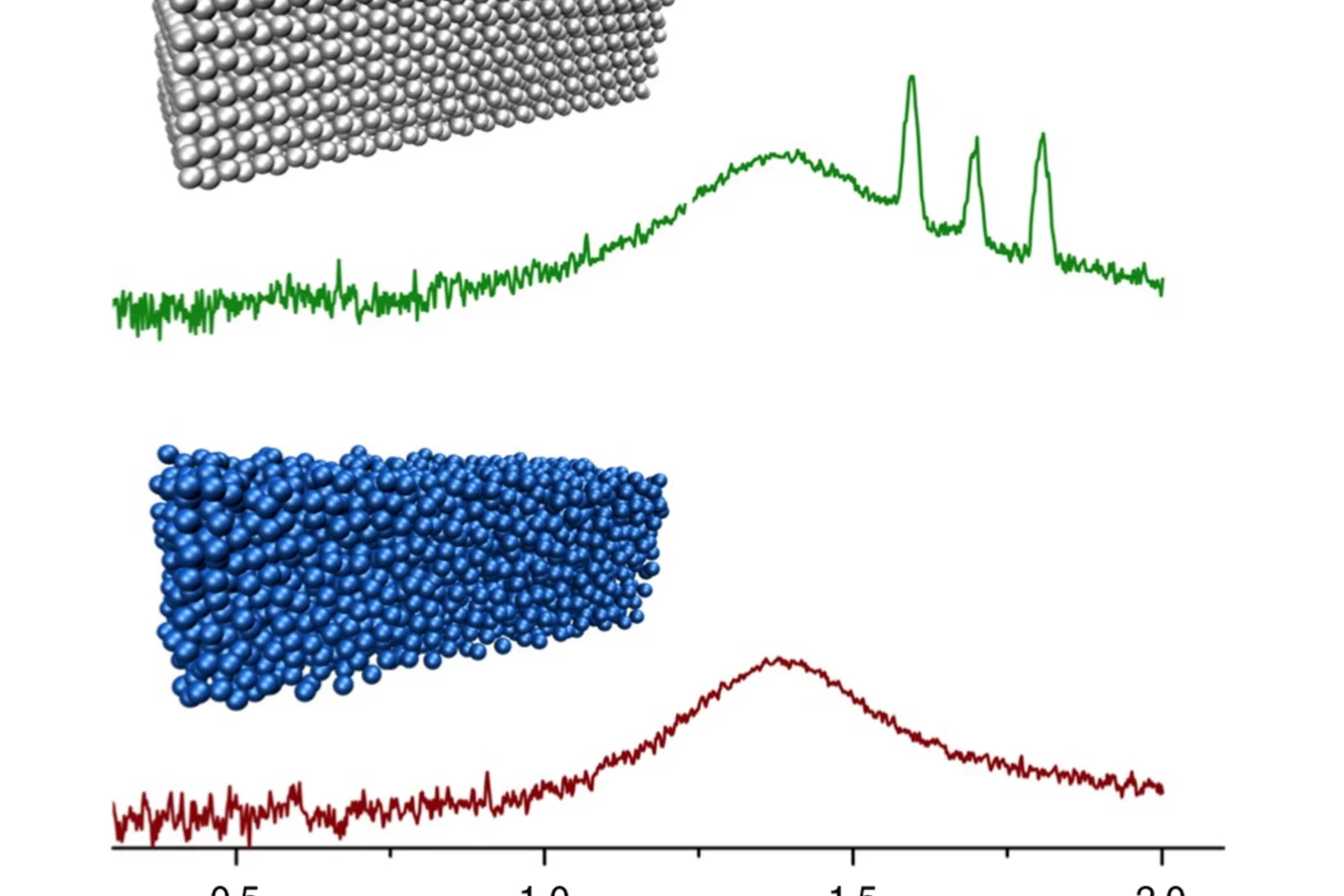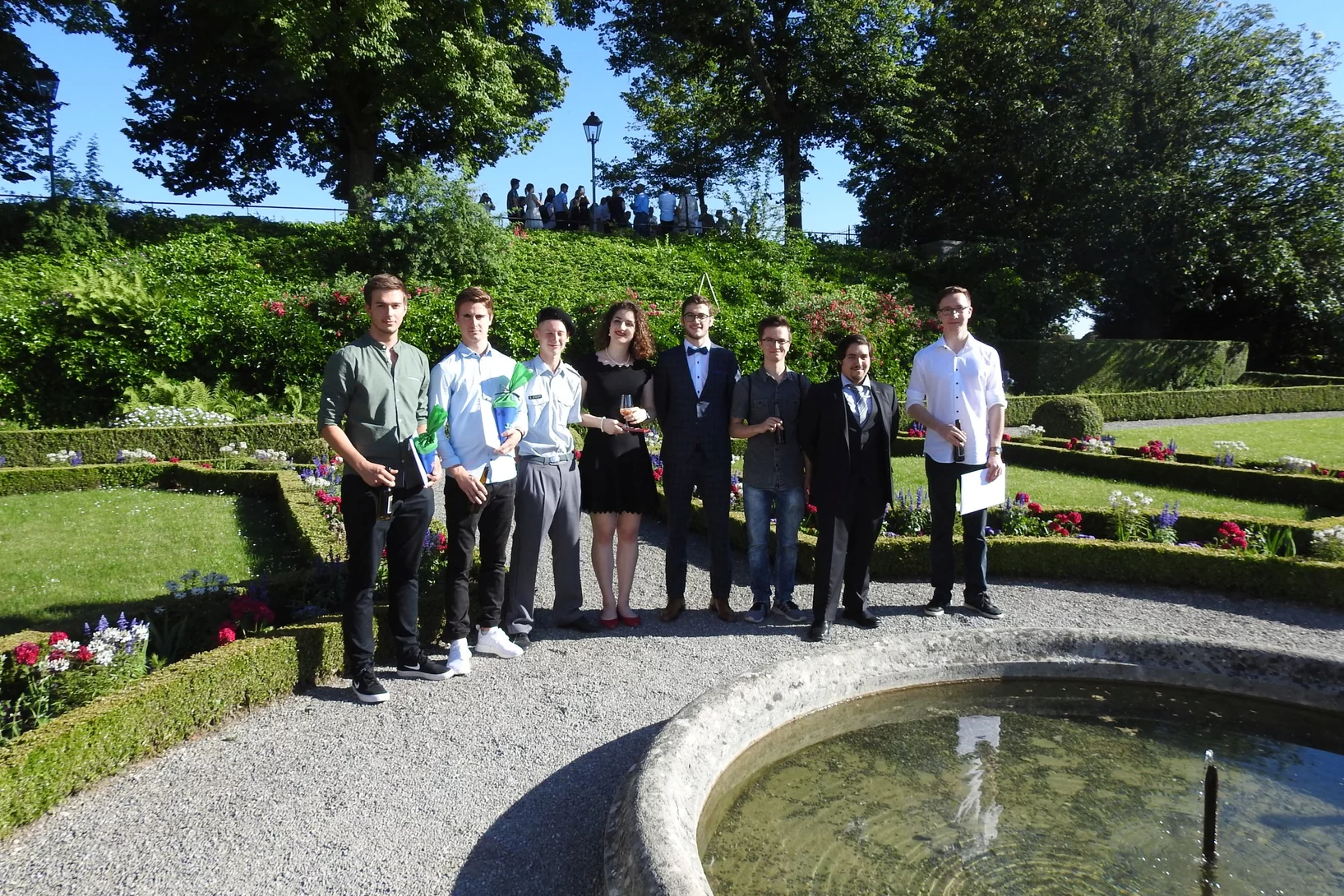Shifting away from nuclear energy, expanding solar and wind power, generating energy from biomass, reducing energy consumption. Switzerland is committed to becoming climate-neutral by 2050. An ambitious goal, which has become more urgent than ever due to the increasingly challenging geopolitical situation. How can a sustainable and resilient energy supply for Switzerland be established over the coming years? What's the optimal way to use renewable energy sources? What new technologies are especially promising? At PSI, researchers are seeking answers to these crucial questions.
Evolution of Magnetic Order from the Localized to the Itinerant Limit
Quantum materials that feature magnetic long-range order often reveal complex phase diagrams when localized electrons become mobile. In many materials magnetism is rapidly suppressed as electronic charges dissolve into the conduction band. In materials where magnetism persists, it is unclear how the magnetic properties are affected.
Let’s not make big waves
A team of researchers generates ultra-short spin waves in an astoundingly simple material. Due to its potential to make computers faster and smartphones more efficient, spintronics is considered a promising concept for the future of electronics. In a collaboration including the Paul Scherrer Institut, a team of researchers has now successfully generated so-called spin waves much more easily and efficiently than was previously deemed possible. The researchers are presenting their results in the journal Physical Review Letters (DOI: 10.1103/PhysRevLett.122.117202).
Preventing tumour metastasis
Researchers at the Paul Scherrer Institute PSI, together with colleagues from the pharmaceutical company F. Hoffmann-La Roche AG, have taken an important step towards the development of an active substance against the metastasis of certain cancers. Using the Swiss Light Source SLS, they deciphered the structure of a receptor that plays a crucial role in the migration of cancer cells.
World record in time-resolved tomography
Researchers from the Helmholtz Zentrum Berlin (HZB) and the TOMCAT beamline have achieved a new world record in time-resolved tomography by measuring over 200 tomographies per second during heating of an evolving aluminium metal foam.
How to trick electrons to see the hidden face of crystals - LSK researchers try a trick for complete 3D analysis of submicron crystals
Breakthrough in 3D structure analysis by transmission electron microscopy (TEM) achieved by members of the LSK. Their paper published in Nature Communications will add a new dimension to TEM and thus is highlighted by Die Presse, Der Standard and phys.org.
Visualising strong magnetic fields with neutrons
For the first time, PSI researchers have used neutrons to visualise very strong magnetic fields that are up to one million times stronger than Earth's magnetic field. This now makes it possible to study magnets that are already installed in devices such as magnetic resonance tomography systems or alternators.
Visualization and quantification of inhomogeneous and anisotropic magnetic fields by polarized neutron grating interferometry
The intrinsic magnetic moment of a neutron, combined with its charge neutrality, is a unique property which allows the investigation of magnetic phenomena in matter. Here we present how the utilization of a cold polarized neutron beam in neutron grating interferometry enables the visualization and characterization of magnetic properties on a microscopic scale in macroscopic samples.
Araris Biotech AG closes seed financing round of CHF 2.5 million
Araris Biotech AG (a spin-off company from the Paul Scherrer Institute (PSI) and ETH Zurich) announced today the closing of an oversubscribed seed financing round of CHF 2.5 million with participation of Swiss investors Redalpine, Schroder Adveq and VI Partners. The proceeds will be used to develop a pipeline of proprietary antibody-drug conjugates (ADCs)
Modulated excitation methodology
V2O5/TiO2 SCR catalysts
An increased level of mechanistic information is obtained when Raman spectroscopy is combined with modulated excitation in the case of V-based catalysts used for SCR.
TOMCAT team hikes the UNESCO World Heritage Site Tectonic Arena Sardona
As summer tradition TOMCAT hikes in the Alps to enjoy fresh mountain air and have fun in each other's company. This year the TOMCAT team hikes in the UNESCO World Heritage Site Tectonic Arena Sardona.
Lehrabschlussfeier 2019
Am Freitag, 16. August 2019 fand die Lehrabschlussfeier statt, bei welcher wir 28 neue Berufsleute zu ihrem Abschluss gratulieren durften! Wir sind sehr stolz auf sie!
Observing solid-state batteries during deformation
PSI researchers have observed mechanical processes in solid-state batteries with unprecedented precision. Using X-ray tomography at the Swiss Light Source SLS, they discovered how fissures inside the batteries propagate. These insights can help to make batteries for electric cars or smartphones safer and more efficient.
Einführungswoche 2019
29 neue Lernende und Praktikanten haben am Montag, 5. August 2019 gespannt und wohl auch ein wenig aufgeregt den Schritt in die Arbeitswelt bei uns im PSI gewagt. Wir wünschen ihnen einen guten Start und eine erfolgreiche Lehr- und Praktikumszeit.
Operando X-ray Characterization of High Surface Area Iridium Oxides to Decouple their Activity Losses for the Oxygen Evolution Reaction
The increasingly popular power-to-gas technology for the utilization of hydrogen as a clean energy vector involves the use of electrolyzers to convert water into H2 and O2. The oxygen evolution reaction (OER) is the least efficient among these processes, and a catalyst is required to speed up its kinetics at the high potentials (customarily ≥ 1.4 V vs. the reversible hydrogen electrode) at which the reaction takes place.
Operando X-ray Characterization of High Surface Area Iridium Oxides to Decouple their Activity Losses for the Oxygen Evolution Reaction
In order to clarify the mechanism behind this activity loss, in this study two high surface area iridium oxides were characterized under operando conditions using a novel setup that allows the quasi-simultaneous acquisition of anomalous small angle X-ray scattering (A-SAXS) and X-ray absorption spectroscopy (XAS) data.
Research above – and about – the clouds
At the Jungfraujoch research station, PSI scientists study particulate matter in the atmosphere. And have to deal with the fact that the human body is not made for life at 3,500 metres above sea level.
Small-Angle Neutron Scattering Study of Temperature-Induced Structural Changes in Liposomes
Liposomes of specific artificial phospholipids, such as Pad-PC-Pad and Rad-PC-Rad, are mechanically responsive. They can release encapsulated therapeutics via physical stimuli, as naturally present in blood flow of constricted vessel segments. The question is how these synthetic liposomes change their structure in the medically relevant temperature range from 22 to 42 °C.
Glycation of collagen in decellularized pericardium tissue: pilot study
Aging populations and diabetics suffer from the effects of the glycation of collagen, the non-enzymatic formation of glucose bridges. While the secondary effects have been studied intensely, comparatively little is known on the direct effect of glycation on the structure of collagen. It has been demonstrated in this study, that the direct impact of glycation can be determined with sub-atomic precision, and that a model system based on abundantly available connective tissue of farm animals can be used for such studies. This opens new avenues for inspecting the effects of diabetes mellitus on connective tissues and the influence of therapies on the resulting secondary disorders.
LIN builds pressure vessels for joint detector project with FRM-II in Munich
Highly efficient two-dimensional detectors are essential for the performance of modern neutron diffractometers. The NUM Division of PSI and the Technical University Munich TUM jointly develop two identical new 3He gas detectors, one for the diffractometer DMC at SINQ and the other for operation at FRM-II in Munich.
PhD Defence Fei Li
On 31.05.2019, Fei Li passed successfully his PhD defence at the ETH Materials Department. The title of his thesis is "Crystal and Magnetic Structure of R1/3Sr2/3FeO3 (R = La,Pr,Nd)”
Save the Date - IDCN Event organised by PSI on 26th September 2019 at the FHNW Brugg-Windisch
On 26th September 2019, PSI will host its second IDCN-event at the FHNW Brugg-Windisch (right next to the trainstation Brugg AG) in cooperation with IDCN Zurich.
The International Dual Career Network (IDCN) is a non-profit organization formed through the collaboration of academic institutions, companies and NGOs with the purpose of facilitating the job search for mobile employees’ partners, and providing member companies access to a turnkey pool of talent. Since 2017, PSI is a corporate member of IDCN.
Chemically mapping ice forming particles
Scientists have just nucleated ice in an X-ray microscope for the first time and they created chemical maps of those responsible.
PSI participates in ECNS in St Petersburg
The European Conference on Neutron Scattering (ECNS) with its recent 2019 edition in St. Petersburg is a spree of lectures, poster sessions, and expert talks on the current trends and future possibilities in neutron science. PSI with its neutron source SINQ was represented by members of the three NUM laboratories LNS, LMX and LIN. In addition, PSI was silver sponsor of ECNS 2019 and is also a member of the LENS consortium (League of Advanced European Neutron Sources).
Experimental signatures of a three-dimensional quantum spin liquid in effective spin-1/2 Ce2Zr2O7 pyrochlore
A quantum spin liquid is a state of matter where unpaired electrons’ spins, although entangled, do not show magnetic order even at the zero temperature. The realization of a quantum spin liquid is a long-sought goal in condensed-matter physics.
Chemically mapping ice forming particles
Scientists have just nucleated ice in an X-ray microscope for the first time and they created chemical maps of those responsible.
Weyl fermions discovered in another class of materials
A particular variety of particles, the so-called Weyl fermions, had previously only been detected in certain non-magnetic materials. But now researchers at PSI have experimentally proved their existence for the first time in a specific paramagnetic material.
Feriencamp 2019
Vom 8. - 12. Juli durften erneut 36 Kinder von PSI-Mitarbeitenden am diesjährigen Feriencamp teilnehmen. Bei schönem und nicht zu heissem Sommerwetter erlebten sie eine abwechslungsreiche, unterhaltende und interessante Woche am PSI. Nur durch die zahlreichen Helferinnen und Helfer bei der Gruppen- und Stationsbetreuung war dies überhaupt möglich. Ein herzlicher Dank ihnen allen!
Spin fluctuation induced Weyl semimetal state in the paramagnetic phase of EuCd2As2
Weyl fermions as emergent quasiparticles can arise in Weyl semimetals (WSMs) in which the energy bands are nondegenerate, resulting from inversion or time-reversal symmetry breaking. Nevertheless, experimental evidence for magnetically induced WSMs is scarce. Here, using photoemission spectroscopy, we observe that the degeneracy of Bloch bands is already lifted in the paramagnetic phase of EuCd2As2. We attribute this effect to the itinerant electrons experiencing quasi-static and quasi–long-range ferromagnetic fluctuations.
Soft biomimetic nanoconfinement promotes amorphous water over ice
Water is a ubiquitous liquid with unique physicochemical properties, whose nature has shaped our planet and life as we know it. Water in restricted geometries has different properties than in bulk. Confinement can prevent low-temperature crystalliza- tion of the molecules into a hexagonal structure and thus create a state of amorphous water. To understand the survival of life at subzero temperatures, it is essential to elucidate this behaviour in the presence of nanoconfining lipidic membranes.
Abschlussfeiern an den Berufs- und Maturitätsschulen 2019
Ende Juni bis Mitte Juli durften unsere Berufsbildnerinnen und Berufsbildner an den Abschlussfeiern an den Schulen teilnehmen. Stolz gratulieren wir unseren Lernenden, welche das diesjährige Qualifikationsverfahren und die Berufsmaturität so erfolgreich bestanden haben, ganz herzlich!

